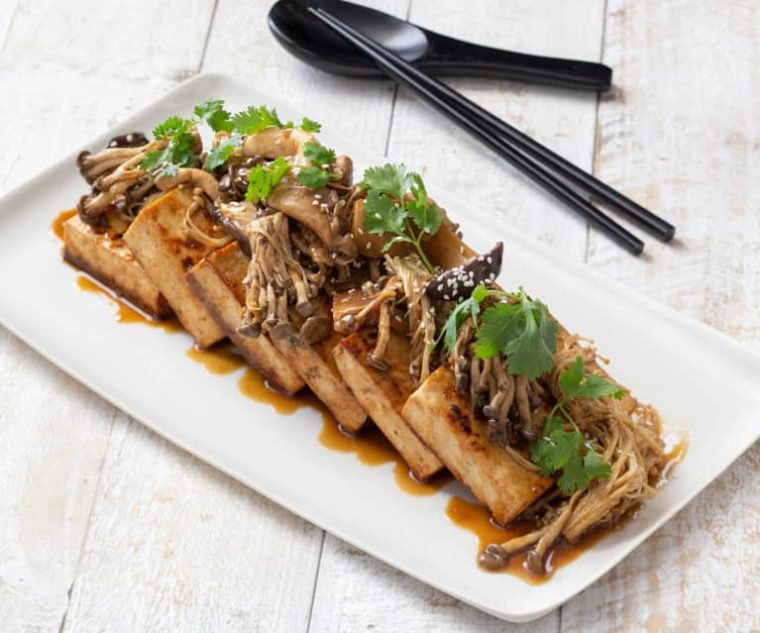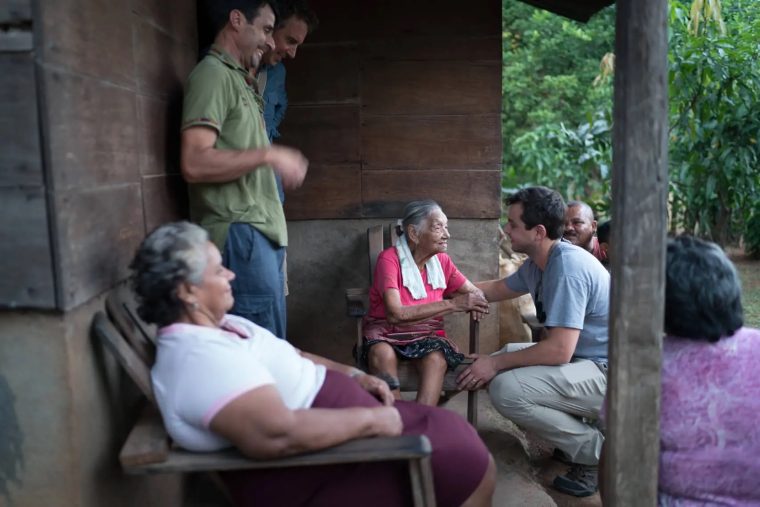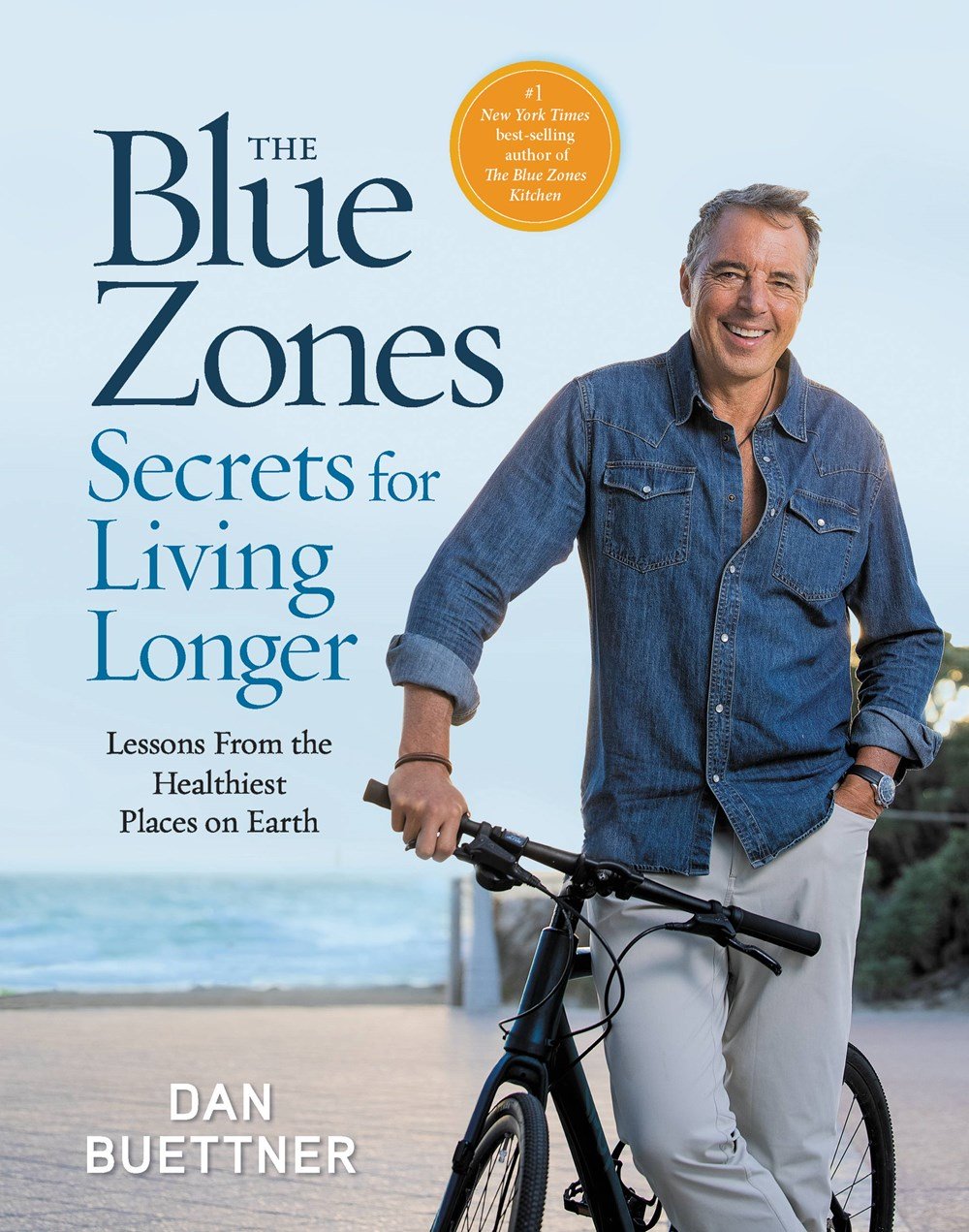I’ll warn you in advance that today’s edition of Eating to 100 is taking a bit of a risk.
You see, I usually try to “balance” these newsletters in a couple of ways. I try, for example, to balance scientific fact and sensory appeal; I want to fall somewhere between a science journal and a food show without totally resembling either one.
As another example, I usually try to balance the “headline appeal” of the topics I cover. Make no mistake, I try to make every piece of writing interesting and engaging—and I hope I’m succeeding—but the editorial reality is that a lot of readers won’t even bother trying to read something if they consider the topic uninteresting.
So my rule of thumb (assuming two main articles per newsletter) is to pick one topic that naturally draws attention and one topic I feel like writing about, popularity be damned…
… and that’s the rule I’m breaking today. Popularity be damned today, because both of today’s central topics are things that a lot of people consider boring: tofu and walking.
Before we get started in those directions, I’ll just say this much: I’m pretty sure you’ll learn something, and I’m pretty sure you’ll be surprised by the stories I’ve managed to include (though I won’t tell you where they are).
So let’s get down to toes and tofu!

Per the above, I know that the very mention of tofu will strike a dissonant chord in a lot of your heads. Tofu is strangely divisive; on one side you have folks who think it’s a miracle food for the 21st century, and on the other you have folks who think it’s weird and bland and don’t see the appeal.

To be clear, I am in the former camp; I love tofu, and science has validated its longevity-boosting nutritional value. At the same time, I know that (in the Western hemisphere) tofu is one of those foods where diners are unusually likely to ask “but what is it?” And that’s a fair question—so I’ll start there.
In other English-speaking parts of the world, tofu is often called bean curd, and that’s pretty much exactly what it is. In fact, that’s what the word tofu means in both Japanese and the Chinese the word was borrowed from.
Natural follow-up question: what is bean curd? The quick-and-dirty, one-sentence analogy is that bean curd (tofu) is to soybeans as cheese is to milk.
Now the four-sentence explanation of how tofu is made:
- You start by making soy milk, which is basically just soybeans and water (blended together, boiled, and then filtered).
- You add a tiny bit of coagulant (usually salt or acid) to the soy milk and it will form curds, much like the first steps of making cheese from animal milk.
- You then drain and press those curds (again, like cheese) and you have tofu!
- Tofu can be made in a variety of textures and firmnesses depending on the coagulants you use and (to a lesser extent) the way you go about Step 3.
I can understand how tofu might seem like a very “modern” food, the kind of thing we might’ve invented in the last 100 years. To be clear, it’s not—tofu has been around for almost two thousand years—but I can understand it seeming that way because…
- By itself, tofu does have a futuristic, sci-fi kind of appeal. It’s colorless and usually cut into perfect cubes; it’s known for its nutritional value, but it has virtually no flavor of its own. It is old-school Soylent in solid form.
- Tofu is trendy, to put it simply—and as with so many trends, most of us struggle to tell the difference between a short-lived fad and the start of a sea change. I think tofu belongs in the latter group, but not because tofu itself is so revolutionary; the bigger-picture, long-term trend is a shift away from meat-eating and towards plant-based diet, and tofu is uniquely helpful for people making that transition.
- I can’t speak so much for other countries, but a lot of Americans would raise an eyebrow simply because tofu is made from soybeans. That’s one of the crops that American farmers grow with reckless abandon thanks largely to government subsidies, and one of the big driving forces behind those subsidies is, in a word, industry—corporations who want cheap access to a plentiful supply because soybeans can be used to make a ton of different things. So, especially in America, it’s easy to get the sense that tofu is “industrial food” much like high-fructose corn syrup, even though that comparison actually isn’t fair at all.
I say all of this to acknowledge what’s out there, but also to dismiss it gently. As I said, tofu has been around for a couple thousand years, and it hasn’t changed much during that time; tofu is no more “industrial” or “artificial” than cheese is (and we’ve been making cheese for so long that we literally don’t know how long we’ve been making cheese).
Having covered all of that, now we get to the parts that involve you!
Per usual, I can’t make you try any of the Pantry Powerhouse items I suggest—and I understand that tofu might be “farther out on a limb” than you’re used to going. What I can do is tell you why you might want to give tofu another shot, and they’re the two best endorsements I can give any food: it’s really good for you AND it can be really delicious.
So I’ll say a bit about tofu’s nutritiousness and a bit about tofu’s deliciousness, and then I’ll leave the rest to you…
TOFU’S NUTRITIOUSNESS
- Tofu has a lot of healthy protein, and this is arguably the biggest reason for its recent surge in popularity; protein replacement is a common struggle for people transitioning to plant-based diets. (It’s worth noting that Buddhism, and the vegetarian diet it promotes, were among the forces that first popularized tofu across Asia hundreds and hundreds of years ago.)
- Tofu is also high in fiber and a number of vitamins and minerals… all while containing relatively few calories. Tofu is, in other words, nutrient-dense like so many other blue-zone staple foods. Compared to processed foods, tofu presents virtually no risk for overconsumption of carbs and calories.
- Combine all of the above and you have a powerhouse of heart-disease prevention. On top of that, tofu may even have a protective effect towards breast-cancer risk and survival! (Speaking of breasts: if you’ve heard that soy causes you to grow them unexpectedly, it’s not true. I mention this in a parenthetical because I don’t want to give that BS fire too much oxygen.)
TOFU’S DELICIOUSNESS
- True, tofu hardly has any flavor by itself—but this shouldn’t count against tofu any more than it counts against, say, chicken or pork. A chef isn’t interested in tofu for the flavor that it contributes; they’re interested in tofu for the flavor that it absorbs because, like chicken or pork, that’s what tofu does. It’s a blank slate for combining other flavors, and making tofu delicious requires you to keep that in mind.
- In a similar way, chefs like tofu because its texture is so variable and can be manipulated skillfully by the choice of tofu type and its method(s) of preparation. Tofu can be steak-firm or silky soft; it can be fried and made crunchy; it can be a lot of different things before you even consider the bigger context of the dish in which it’s served.
- The more you’re willing to “dive into” Eastern cuisine, the likelier you are to discover a love of tofu. I say so not because Westerners can’t make tasty tofu, but simply because it’s a lot more common in Eastern food; they’ve collectively had a LOT longer to figure out how to “harmonize” tofu into their cuisine. It’s the same basic reason that you’re more likely to develop a taste for pasta and veal if you dive into Italian cuisine: they use those foods a lot more than everyone else does.

Walking is one of the world’s least sexy activities—so much so that the word we use for a person walking (“pedestrian”) is also an adjective meaning “dull” or “common.” After you take your first steps as a baby, nobody really cares that you’re up and walking around. It’s just a necessary part of life; we do it when we need to, and we don’t think much about it.
None of that changes the fact that walking is very, very good for us. It’s good for our bodies; it breaks up the long periods we spend sitting, gets our blood flowing again, and even aids in the digestion of our food, among other physical benefits.
But perhaps more importantly, walking is good for our minds and, I daresay, our souls. Something about putting one foot in front of the other really does help us to think clearly and put things in perspective.
The Romans had a saying for this: solvitur ambulando, meaning “it is solved by walking.”
To me, the interesting thing about this idea is that walking itself doesn’t solve the abstract problems of life (and we all know that on some level). Walking does, however, create the conditions that make it easier for YOU to figure things out—and this is true whether you’re walking alone or walking with others.
Why does walking do that? Truth be told, I don’t know. I could venture a few guesses, but if I did, I don’t think you would finish this article any smarter or wiser than before. So, instead, I’ll briefly tell you about three real people who seem to have lived the mantra of solvitur ambulando particularly well:
IMMANUEL KANT ?
If you’re not familiar, Kant is one of the titans of Western philosophy—the kind of person whose works were, in his time, as powerful as atom bombs (and also as complicated, if you ever try to read them yourself).
It’d be hard to quickly explain the significance of his work, but that’s beside the point anyway. The point is that, for someone with such earth-shaking ideas, he was rather modest and bookish. In the German town of Königsberg where he lived, he was seen less as some ivory-tower wizard and more as a human creature of habit…
… and one of his best-known habits was his daily walk.
So consistent and predictable were Kant’s evening walks that it was said you could set your clocks by them—that you would know (with certainty) that something was wrong if he didn’t show up.
I have to imagine that he maintained this habit because it served him. He was almost always alone for his walks—and while that might sound really sad to us, I doubt he’d have wanted it to change. He probably got some of his best thinking done.
THEODORE ROOSEVELT ?
As privileged as he was, Teddy Roosevelt was born into a tough situation. He had debilitating asthma as a child; his nighttime asthma attacks felt like he was being smothered to death. But adding insult to injury, this was a period in which the ideal trait of character was robust, vigorous manliness, usually exemplified by athleticism… and that’s a lot harder for a kid with severe asthma.
Fortunately, Roosevelt wound up discovering his own cure later in youth, when he was traveling abroad with his family. While hiking in the Alps, he suddenly realized that he was able to keep pace with his father without struggling to breathe. He surmised that it was thanks to the habit of exertion… and thus his lifelong love of hiking was born.
Roosevelt remained an avid hiker well into his adulthood and, by the time he was President, he was what some Midwesterners would call a “wild man”—the kind of person who hikes like they’re attacking the wilderness. In fact, only one person could regularly keep up with Roosevelt; that person was the French ambassador Jean Jules Jusserand, and here’s how Jusserand described Roosevelt’s hikes:
What the President called a walk was a run: no stop, no breathing time, no slacking of speed, but a continuous race, careless of mud, thorns and the rest.
This seems like a reflection of his personality more than anything else (you can be crazy-in-love with hiking and still go slow). But it also seems clear that he embraced hiking because he knew it did him good in both body and mind—that it gave him energy more than it took it away.
WERNER HERZOG ?
If you’re not familiar, Werner Herzog is a German filmmaker (Grizzly Man, Das Boot, Rescue Dawn, Aguirre the Wrath of God) who, from what I can tell, is a pretty nice guy despite his bleak, Lovecraftian worldview and his uncompromising films.
His life is full of interesting stories, that’s for sure. But here’s a really sweet story about Herzog and walking:
In 1974, Herzog was living in Munich when he got the news that film historian Lotte Eisner, a close mentor, was gravely ill in Paris. Herzog vowed that he would come and see her, but he insisted upon traveling by foot—even though it meant he would be walking over 500 miles in the dead of winter.
It took him three weeks, but he did make it to Paris… and not only did Eisner survive his journey, but she lived for another nine years after that.
To me, the curious and wonderful detail of this story is why he did it that way. He explained: “I was totally absolutely convinced that while I was walking from Germany to Paris to see her, she would not have a chance to die.” Herzog is a staunch atheist, and yet he sensed that the decision to walk there was meaningful enough to overpower nature itself.
I won’t try to dissect the metaphysics of that thought. I’ll just say that it’s a lovely thought and that, as unprovable as his (above) explanation may be, the evidence certainly doesn’t contradict him. ?

Grilled Tofu with Shiitake Mushrooms

Ingredients
2 (12-ounce) blocks extra-firm tofu
1⁄4 cup all-purpose flour
1⁄2 teaspoon salt
1⁄4 teaspoon freshly ground black pepper
2 tablespoons peanut oil or extra-virgin olive oil
2 medium shallots, peeled and minced
1⁄2 pound shiitake mushroom caps, thinly sliced
1 tablespoon soy sauce
1 tablespoon dry sake or moderately dry white wine, such as pinot gris
The Method
- Gently squeeze the excess moisture from the tofu blocks. Cut the tofu crosswise into 1-inch-thick slices.
- Whisk the flour, salt, and pepper on a large plate. Dredge the tofu pieces in the seasoned flour and shake lightly to remove any excess. Set aside on a cutting board.
- Warm 1 tablespoon of the oil in a large nonstick skillet set over medium heat. Add the tofu slices and cook until golden brown, turning once, about 4 minutes. Transfer to a serving platter.
- Add the remaining 1 tablespoon of oil to the skillet. Add the shallots and cook, stirring often, until softened, about 1 minute. Add the mushrooms and stir until wilted, about 2 minutes.
- Mix in the soy sauce and sake or wine. Stir until the vegetables are coated in the sauce, then spoon over the tofu to serve.





